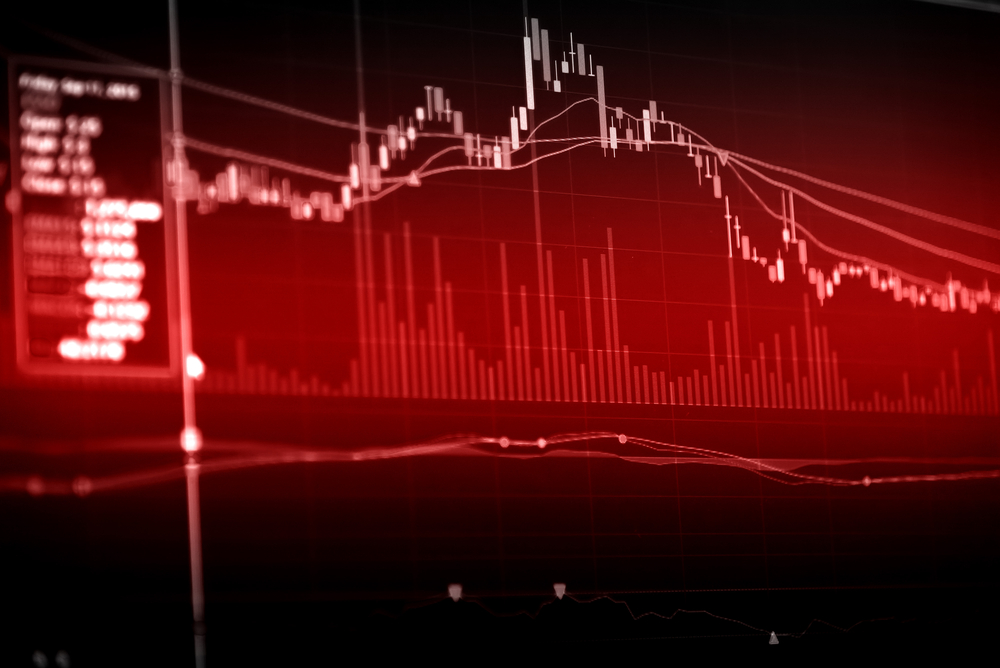Even as the stock market continues to tick up to record highs seemingly every other day, not everyone is feeling bullish. In fact, one strategist in particular, AdvisorShares CEO Noah Hamman, told Yahoo Finance the “everything rally” is nothing more than an over-inflated, massive bubble that will explode some time in the new year.
“I think so,” Hamman said on Yahoo Finance’s “The First Trade” opening bell show. “It will continue on for a while for as long as we see we have an indication that we could have lower rates ahead possibly though with a pause, but with an increasing Fed balance sheet.”
And by “everything rally,” he means the general surge in assets and equities — riding high off the sugar rush of three Federal Reserve interest rate cuts in 2019 — across the board: stocks, gold, silver, copper, oil — you name it, it’s up (except for cannabis stocks). Fed monetary policy paired with the phase one completion of a U.S.-China trade deal have investors overpricing everything for fear of missing out of the market’s record surge.
And FOMO is no way to invest.
“With a drop in extreme bullish sentiment and now a breakout above resistance, we think in the early days of 2020, gold and silver are poised to challenge their highs from September,” Renaissance Macro strategist Jay deGraaf told Yahoo Finance. “As momentum begins to build in gold and silver, we are comfortable chasing strength and would absolutely be buying dips.”
And what’s the reason for everything rising? Hamman said the Fed’s monetary policy, including pumping billions and billions of dollars into the repo market, are “driving up prices everywhere.”
And if the Fed signals a sudden change from its current course in interest rate policy, which it said will likely pause at the current 1.5% to 1.75% range for 2020, it could send the whole thing crashing down by the middle of the year.
“It could be a huge bubble, and we could see huge declines — 50% and 60% declines that happen quickly before you have a chance to react to them.”
